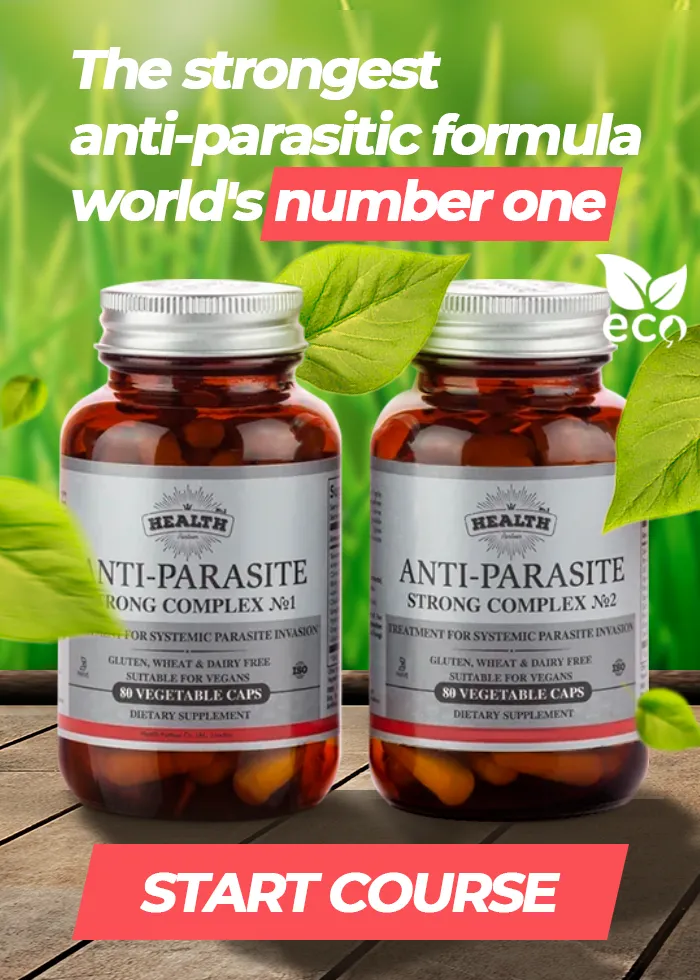Anticandida Candida Albicans 3 forms of Candida
Fungal infection - 5 stages of Candida infectio...
If you have fungi in your body, this article will help you understand your st...
Read moreAnti-Candida protocol: cleansing from fungi and...
Start your cleansing course for fungi and parasites right now! Get rid of int...
Read moreChitin synthesis inhibitor - evolution in the t...
The Chitin Synthesis Inhibitor is a substance derived from plant components t...
Read moreThe «Anti-Candida» diet against fungi and Candida
A diet prioritizing proteins and fats with a complete exclusion of quick carb...
Read more




